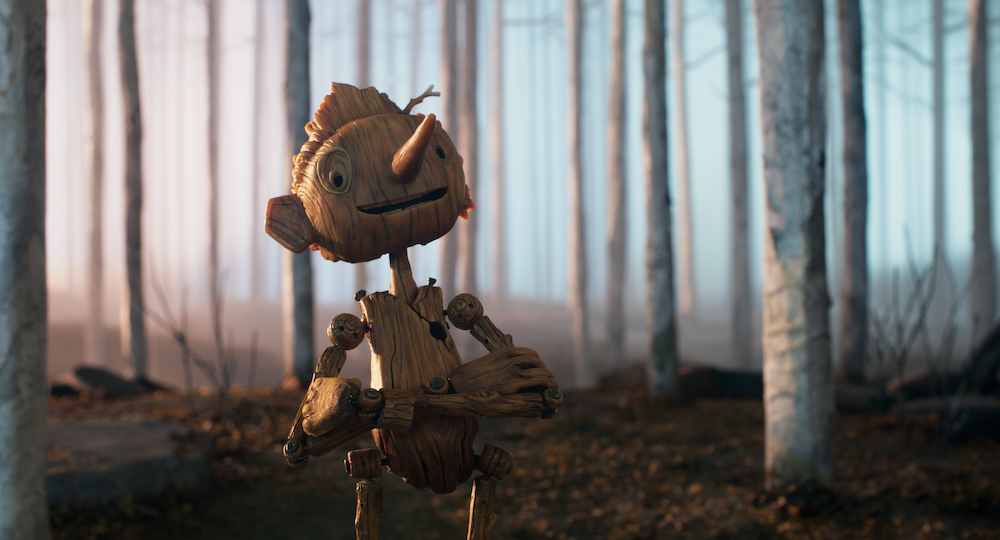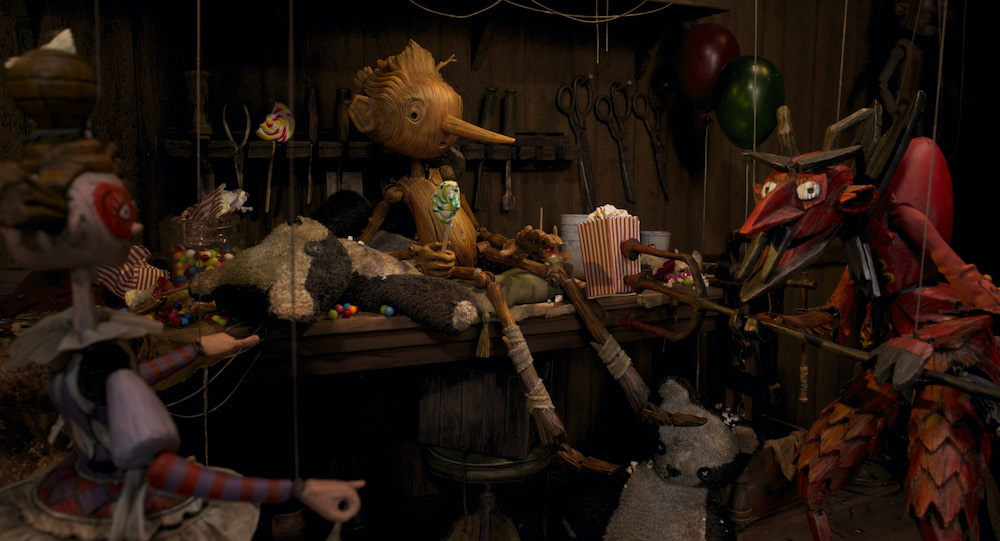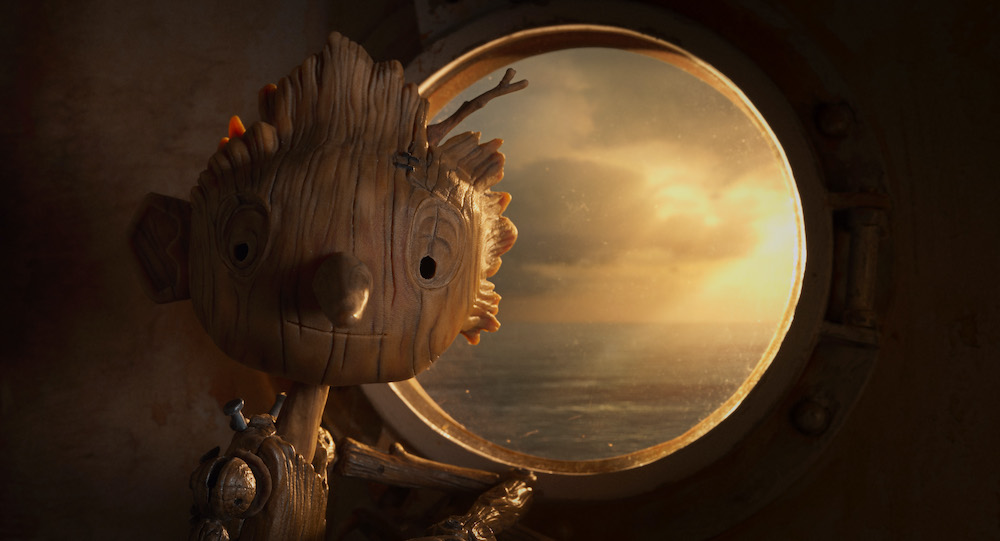Netflix’s ‘Guillermo del Toro’s Pinocchio’ is a retelling of the titular character’s fascinating story of being a wooden puppet who is brought to life and goes through a series of experiences that change his understanding of the world. Presented from del Toro’s lens, it has a gothic touch that not only gives it a darker turn but also makes it more realistic than the fairytale approach of other versions. One of the most important aspects of the story, in all its variations, is Pinocchio’s transformation from a wooden entity to a real human boy. Does del Toro’s adaptation take the same approach? Let’s find out. SPOILERS AHEAD!
Pinocchio Doesn’t Turn Into a Human Boy
No, in ‘Guillermo del Toro’s Pinocchio’, the wooden puppet does not turn into a human boy by the end. Considering that the transformation is what drives the original story, it makes one wonder why it was decided to remove it entirely from the plot of the Netflix film. The possibility of turning Pinocchio into a human is never mentioned or even considered in the movie. Guillermo del Toro, sharing the directing duties with Mark Gustafson, explained the reason behind it in his interview with Variety.

“To me, it’s essential to counter the idea that you have to change into a flesh-and-blood child to be a real human. All you need to be human is to really behave like one, you know? I have never believed that transformation [should] be demanded to gain love,” the Academy Award-winning director explained. With this approach, he wanted to create a deeper understanding of what being human means, especially by placing the wooden puppet in contrast to actual humans.
Obedience becomes an important theme of the film, where Pinocchio is expected to rein in his curiosity and free-spiritedness and bow down to the rules laid down by society. And that’s where del Toro found himself at odds with the general interpretation of the story. “Many times the fable has seemed, to me, in favor of obedience and domestication of the soul. Blind obedience is not a virtue. The virtue Pinocchio has is to disobey,” he said.
He underlined this intention to change the moral of the story by setting it in a time when breaking the rules and speaking your mind was very dangerous. The film takes place between the two World Wars in a fascist Italy, “at a time when everybody else behaves as a puppet”. Despite their flesh-and-blood humanity, the people around Pinocchio are more wooden in their thoughts and emotions than him. In contrast, Pinocchio is exuberant and full of life which makes him just as human, if not more, than others.
Throughout his journey, we also find Pinocchio more considerate and compassionate in his behavior as compared to other humans. In contrast to Count Volpe, who is brutal and selfish, Pinocchio is kind and empathetic, even to Spazzatura, who had not been very good to him before. Similarly, Pinocchio shows more concern for Candlewick than his father, Podesta, who is more concerned with making his son, and other kids, capable fighters rather than treating them like children.

The filmmaker also made a point of removing the distinction between Pinocchio’s puppet and human nature pretty early in the story. While, in the beginning, people are scared of him, they soon forget that he is not human when they find a use for him. Count Volpe sees him as a talking puppet but makes deals with Pinocchio and exploits him like he does every other living being in his employ. Similarly, Podesta treats him like any other child and declares that he should go to school. Later, he recognizes the potential of the boy’s immortality and wishes to turn Pinocchio into a soldier to fight for Italy.
Talking about Pinocchio and the meaning of childhood for himself, del Toro said, “These are times that demand from kids a complexity that is tremendous. Far more daunting, I think than when I was a child. Kids need answers and reassurances.… For me, this is for both children and adults that talk to each other. It tackles very deep ideas about what makes us human.” In the end, it came down to what he wanted the viewers to take away from the story that they’d already seen numerous times.
He did away with the “domestication of the child’s spirit” aspect of the story and turned it into one about “finding yourself, and finding your way in the world—not just obeying the commandments that are given to you, but figuring out when they are okay or not.” With all this in mind, the decision to not turn Pinocchio into a flesh-and-blood human turned out to be a good decision, and the ending certainly makes more impact this way.
Read More: Does Pinocchio Die at the End of Guillermo del Toro’s Pinocchio?


You must be logged in to post a comment.